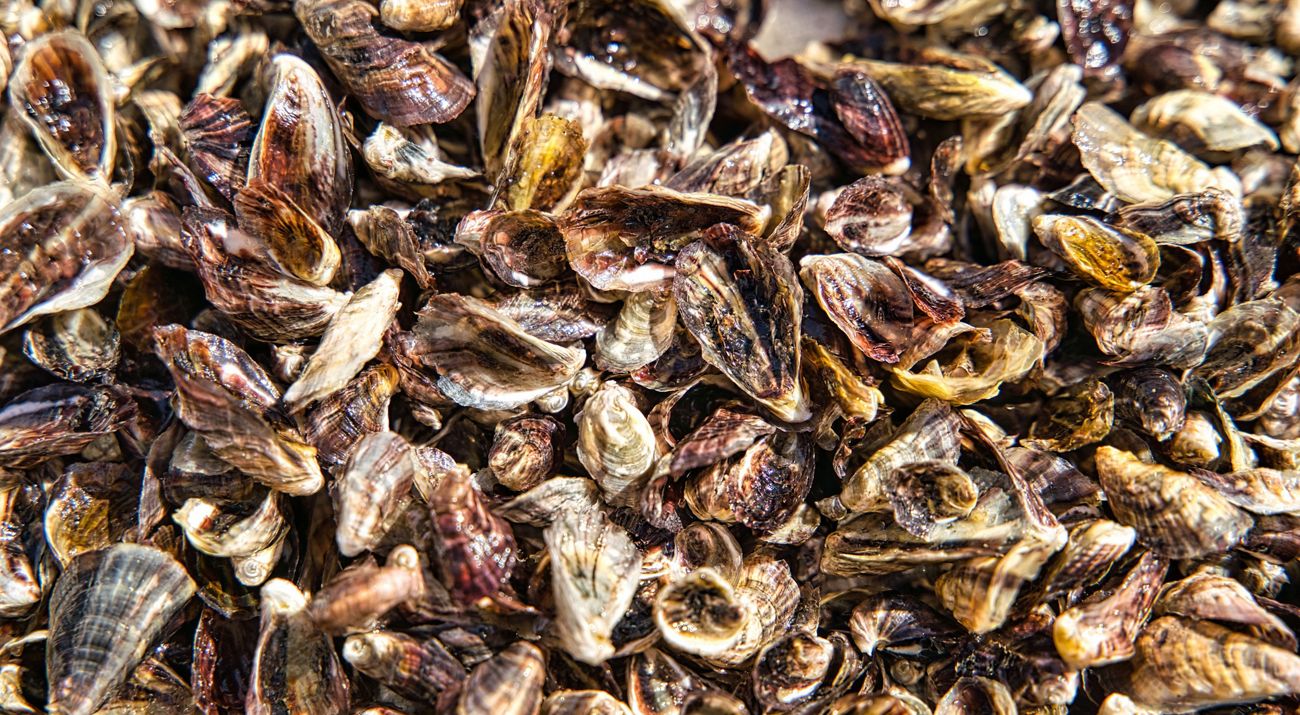A Window to the Past and Future Aquaculture in the Gulf of California
The Abundant Times of ‘Meyibó’

Walther Mendoza Mariana, Alleway Heidi K, Quiñones Sebastián, Mackay Jonathan and Fiore Amaral Giovanni. 2025 A window to the past and future aquaculture in the Gulf of California: the abundant times of ‘Meyibó.’ Phil. Trans. R. Soc B 380: 20240041. http://doi.org/10.1098/rstb.2024.0041
Want to learn more?
Read the paper hereThe Gulf of California has been widely recognized as a global marine biodiversity hotspot. For centuries, the use of aquatic resources in the region has provided food and employment to different groups of people and communities. With demand for seafood continuing to grow, domestically and globally, the pressure on these resources will increase. This raises questions about how community, government and industry can balance socioeconomic and ecological demands, including the need to meet multiple development goals, such as conservation and biodiversity targets, mitigation of greenhouse gas emissions and greater equality.
This article describes the long-term impact that different human cultures have had along the coast of the Baja peninsula, with a focus on bivalve species that once created productive and critical habitats such as pearl oyster beds and reefs. Like many places worldwide these habitats are now considered to be functionally extinct and greater intervention through aquaculture and restoration is needed to enable their recovery. Using geospatial analysis that includes historical data from written and verbal sources, we developed and applied a spatial dataset and prioritization process to inform restoration and ecologically sustainable aquaculture development for bivalve species going forward.